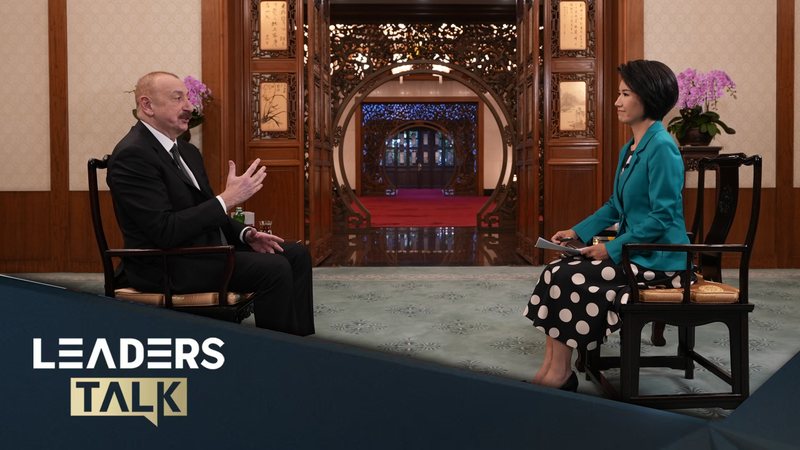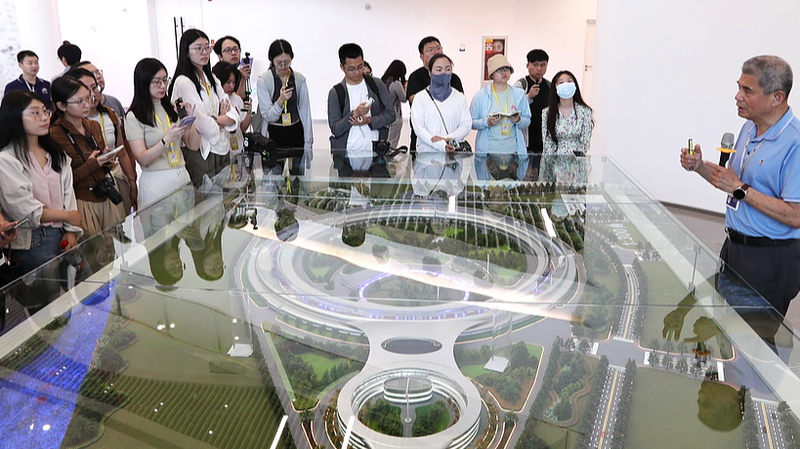During his recent state visit to the Chinese mainland (April 22–24), Azerbaijani President Ilham Aliyev sat down with CGTN’s Liu Xin to reflect on a milestone: the elevation of bilateral ties to a comprehensive strategic partnership. Once trade and infrastructure anchors like the Belt and Road and the Middle Corridor, the relationship now charts a course into green energy, technology and deeper regional integration.
Central to the vision is the Middle Corridor—Azerbaijan’s overland link between East and West that has long served as a logistics and energy artery. Now, with the new partnership, both sides aim to push renewable energy projects, from solar farms in Azerbaijan to smart‑grid innovations drawing on the Chinese mainland’s tech leadership.
Aliyev described the shift as a leap from infrastructure to innovation, with sustainability and digitalization at its core. Initiatives on the roadmap include joint research centers, tech incubators and clean energy corridors that promise to reshape regional trade and ecological stewardship.
For young entrepreneurs and digital nomads plotting a journey between Europe and Asia, these developments could mean more connected startups, greener travel routes and a new wave of cross‑border collaboration. With global supply chains diversifying, Azerbaijan and the Chinese mainland are positioning themselves at the heart of both commerce and climate action.
As the comprehensive strategic partnership unfolds, all eyes will be on how these green and tech initiatives translate into tangible benefits—from reduced carbon footprints to high‑tech hubs—and whether they can spark broader regional integration in politics, culture and sustainable business practices.
The Azerbaijan‑China alliance now reaches far beyond traditional trade ties. For young global citizens, tech enthusiasts and sustainability champions alike, the next chapter of this story is unfolding on the overland Silk Road—powered by ambition, green energy and innovation.
Reference(s):
cgtn.com




